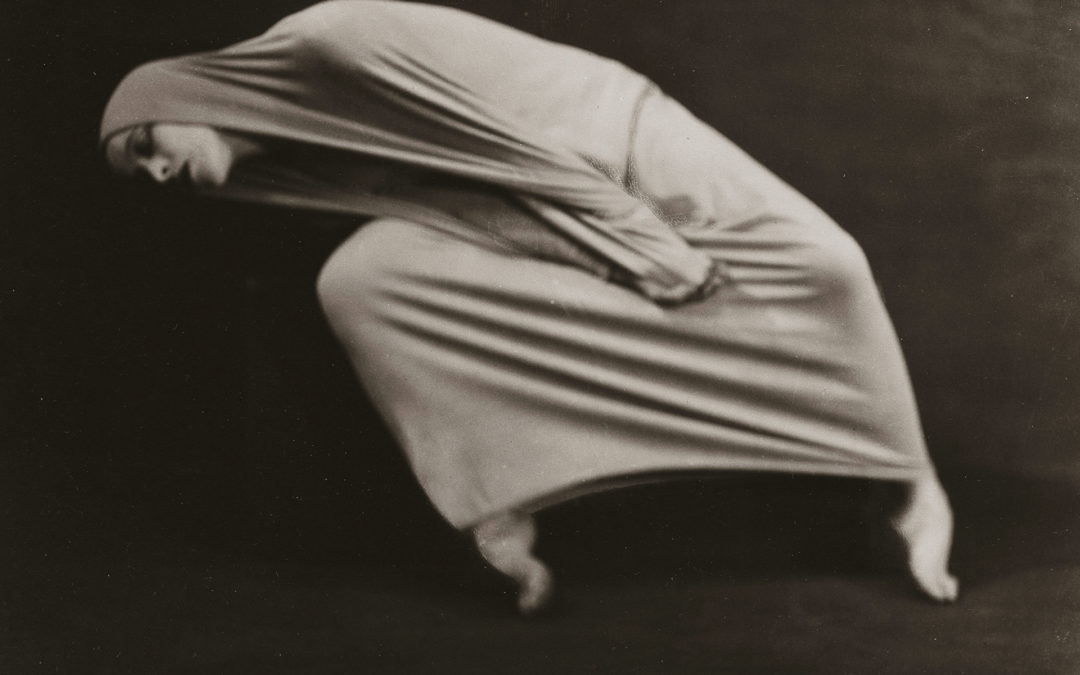This exhibition and accompanying publication is the first in-depth study of the life and photography of Soichi Sunami (1885-1971).
Soichi Sunami was born in Okayama, Japan, on February 18, 1885. He emigrated to the United States in 1905 and arrived in Seattle on February 24, 1907.
Initially, Sunami’s primary aspiration was to become a painter, and he became an active member of the Seattle Art Club. By 1918 he was living in Tacoma, but shortly thereafter returned to Seattle and found employment in Ella McBride’s photography studio. McBride had managed the Edward Curtis Studio from 1907 until opening her own in 1916. Her partner, Wayne Albee was one of the region’s most talented and recognized photographers of the period. Sunami soon became the assistant to Albee along with Frank Asakichi Kunishige who also defected from the financially burdened Curtis Studio. McBride’s studio was flourishing and became associated with Seattle’s Cornish School whose founder, Nellie Cornish had brought many of the important modern dancers of the period such as Anna Pavlova, Ruth St. Denis, and Ted Shawn to perform or teach at her school. Besides documenting their performances, Sunami and the photographers of the McBride Studio persuaded many of the dancers to model for their artistic compositions that were featured in the most important salons of the day. As an artistic photographer, Sunami exhibited in the first Frederick & Nelson Salon in 1920, where he was one of the few regional artists to be presented with an award along with luminaries such as Margrethe Mather and Edward Weston.
He continued to exhibit and win prizes in regional venues before moving to New York City in 1922 to pursue his art studies. He began working in the studio of famed photographer Nickolas Muray to maintain an income. After opening his first commercial studio on Fifteenth Street, off of Fifth Avenue in New York, he began a five-year collaboration with renowned dancer Martha Graham, producing some of the most striking early images of the iconic dancer.
Along with several of his Seattle friends, Sunami was included in the First International Photographic Salon of Japan, where he exhibited two chloride prints. Interacting with some of the finest painters and printmakers in New York, Sunami used his talents to photograph his friends and their works of art for various professional purposes. He worked with several of the leading art galleries of the period as a commercial photographer, including Edith Halpert’s highly influential Downtown Gallery, the Pierre Matisse Gallery, and the Whitney Museum of American Art, among others.
His occupation was secured by 1930, when Mrs. John D. Rockefeller Jr. asked him to become the photographer for the recently opened Museum of Modern Art (MOMA). For the next thirty-eight years, he produced more than twenty thousand large-format negatives for the archive of the museum. Using his initial contacts from Seattle, Sunami went on to produce one of the most important bodies of work in the field of dance photography. During his lifetime, his photographs appeared in numerous national and international publications. In 1945, he married Suyeko Matsushima (1914–2007) of Bainbridge Island, Washington, who was then living in New York and working as a pharmacist. Before her marriage, Suyeko was interned at Tule Lake in northern California. She later recalled that, although Sunami was living on the East Coast during World War II and therefore not subjected to internment, he deliberately burned a number of his earlier works, including most of his nude studies, for fear of repercussion from the government. He became an American citizen on August 5, 1957, and died on November 12, 1971, in New York City.
This exhibition is generously sponsored by the Barclay Shelton Dance Centre
October 11, 2018 – January 6, 2019


